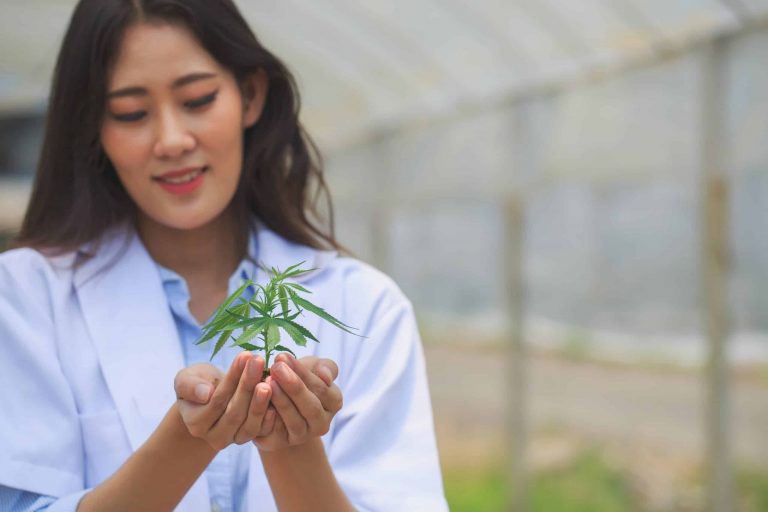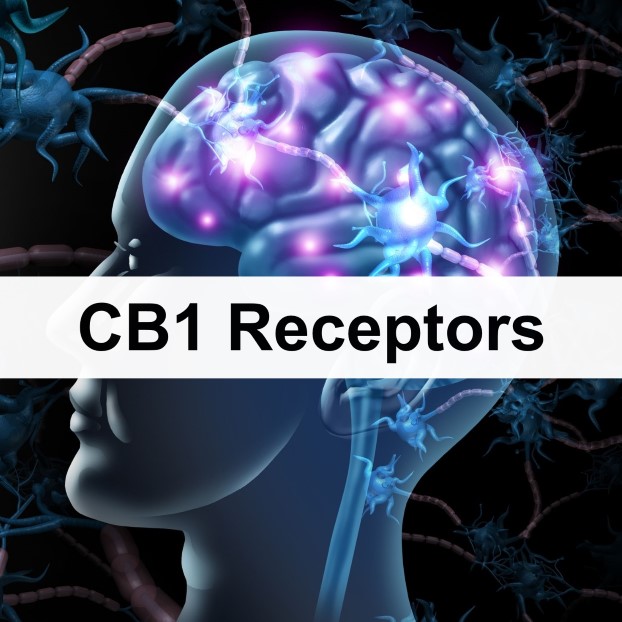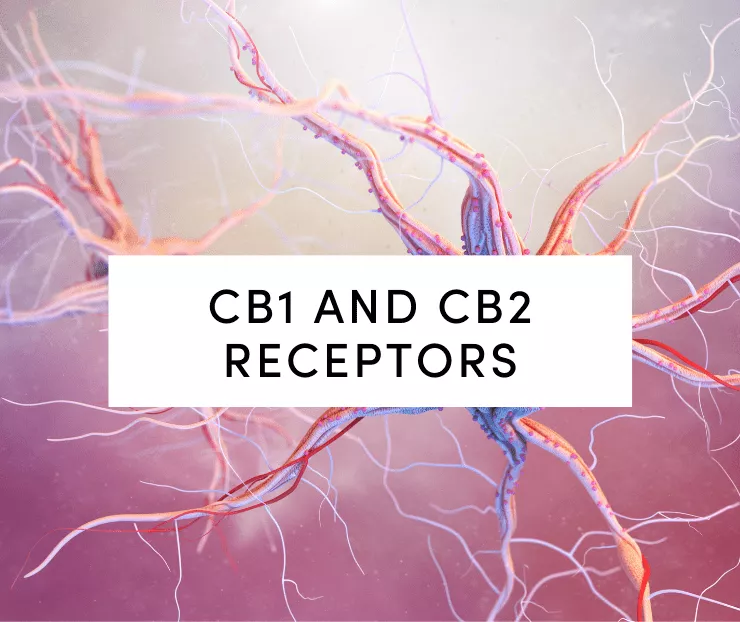What Exactly Is the Endocannabinoid System?
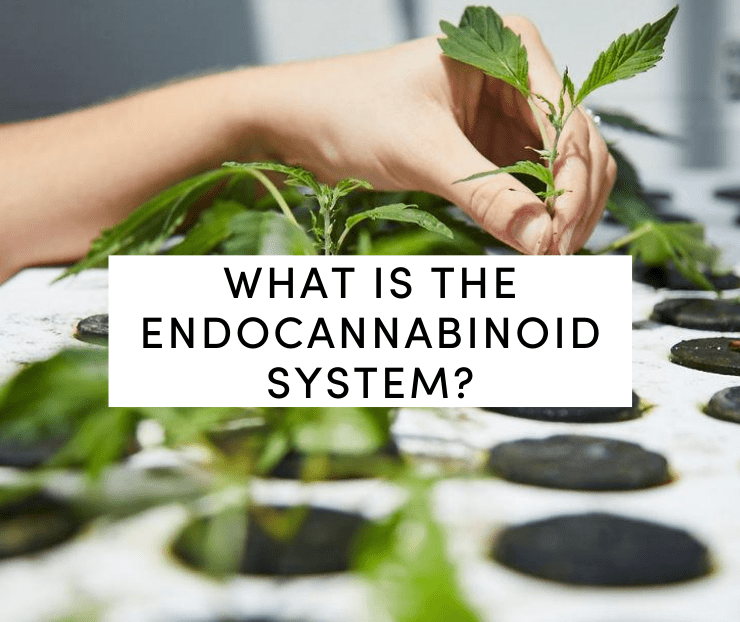
Posted on July 24th, 2020
In every post you read about cannabidiol CBD, there will most likely be a mention of the Endocannabinoid system (ECS). In fact, it’s almost impossible to explain CBD and its benefits in your body without talking about your ECS. Now, in many of our blog posts, we’ve only mentioned the system in passing, without getting the chance to explain this crucial system in greater detail.
So, today, we’re giving your internal workings the attention they deserve. What does that mean? In this post, we’ll devote all our efforts to a detailed explanation of the ECS. We’ll explore our current understanding of how the ECS functions, provide a brief history of our research into the system, what it does, and how it interacts with cannabis extracts, like CBD, which are referred to as cannabinoids.
Now, before we get started, we have a quick disclaimer: the ECS is far from being fully mapped and understood. It was only discovered in the 1990s, and there’s so much more we need to learn about it to have a complete understanding of how cannabis influences the ECS.
What Is the Endocannabinoid System?
The Endocannabinoid System is a cell signaling system that serves as a key homeostatic regulator in the body. It plays an important role in almost all of the physiological systems in our bodies. And it’s not exclusive to humans: ECS systems exist in all mammals, birds, reptiles, fish, and some invertebrates.
The ECS is made up of cannabinoid receptors found throughout your body, with larger concentrations in the peripheral and central nervous system, as well as the immune system. It’s responsible for controlling a number of bodily functions such as mood, sleep, immune response, temperature, memory, fertility, perceptions of pain and pleasure, and appetite.
Whenever it detects a health problem, your ECS should release natural compounds known as endocannabinoids, which help to restore balance in the body. However, in some cases, the ECS can’t resolve the problem on its own, which could lead to chronic conditions.
 History of the Endocannabinoid System
History of the Endocannabinoid System
Unlike most bodily systems, we only recently discovered the ECS. The discovery was confirmed in the 1990s, although the concept of the ECS was first discussed in the late 1960s, specifically by scientists researching the influence of cannabis on the human body.
At the time, the researchers were isolating plant cannabinoids (Phytocannabinoids) to study how they affect the human body. Through this process, they discovered that our bodies produce unique internal cannabinoids, called endocannabinoids. These scientists were mainly focused on how their discovery would affect humans, and theorized that it was probable that the same ECS system existed in all kinds of animals too. Eventually, scientists concluded that the ECS system started developing about 600 million years ago.
How the Endocannabinoid System Works
To understand how the ECS system works, it’s important to first understand the concept of homeostasis. Homeostasis refers to the concept that all of our biological body functions continuously self-regulate in order to operate within optimal levels. For instance, the inherent ability of our body to balance itself helps us maintain optimal blood sugar levels and body temperature.
The endocannabinoid system plays a critical role in helping the body stay within optimal conditions to maintain homeostasis. For instance, when you suffer an injury, your body comes out of homeostasis, and the ECS should step in to help the body regain balance. Your immune cells identify the change or infection and respond by releasing molecules to defend the body, including pro-inflammatory cells, backup immune cells, and endocannabinoid cells.
There are three main components of the endocannabinoid system:
Endocannabinoids
These are similar to the natural Phytocannabinoids found in cannabis, including THC and CBD. So far, we have identified two main endocannabinoids: 2-AG (2-arachidonoylglyerol) and anandamide. Our bodies usually produce them as needed to help regulate internal functions. While they are present in many other locations, endocannabinoids have been found in abundance throughout your brain, immune cells, connective tissues, organs, and glands.
Cannabinoid Receptors
These are found on cell surfaces in the nervous system and other organs in your body. Just as with phytocannabinoids, endocannabinoids can bind to cannabinoid receptors, allowing them to communicate with a wide variety of body systems to restore balance where required. There are two main cannabinoid receptors in the body: CB1 and CB2.
Enzymes
Once the endocannabinoids have served their purpose, binding to the cannabinoid receptors, certain enzymes in your ECS system work to break them down and prevent excessive buildup. Each of the main endocannabinoids are associated with a degrading enzyme – 2-AG with monoacylglycerol lipase (MAGL) and Anandamide with fatty acid amide hydrolase (FAAH).
In our example above, we saw how the ECS can help after an injury. However, there are many other bodily functions that can benefit from working within homeostasis. Some of the functions regulated by the ECS include mood, motor control, sleep, temperature, memory, inflammation, as well as digestion and appetite.
The ECS regulates all these functions through communication between the cannabinoid receptors and the digestive, nervous, and immune systems. And since the cannabinoid receptors are found throughout the body, the endocannabinoid system helps to address imbalances in different body systems with high accuracy. As such, if an injury is detected, it can focus on the affected area without causing interference to other systems. This helps avoid uncontrolled reactions.
How THC Interacts With the ECS
THC (tetrahydrocannabinol) is one of the primary cannabinoids found in cannabis. It’s the psychotic compound that gets you “high”. Once it enters your body, THC interacts with the ECS system by binding to the receptors, just as endocannabinoids do. THC is powerful because it can bind to both CB1 and CB2 receptors.
This allows THC to have a wide variety of effects on your mind and body, some being more desirable than others. For example, it may help stimulate your appetite and alleviate pain. But it can also cause anxiety and paranoia in some cases. Currently, experts in the scientific community are exploring ways to produce synthetic THC cannabinoids that can interact with the ECS system in beneficial ways.
 How CBD Interacts With the Endocannabinoid System
How CBD Interacts With the Endocannabinoid System
Cannabidiol (CBD) is the other major cannabinoid present in cannabis plants. However, unlike THC, CBD doesn’t get you “high” and it generally doesn’t produce any undesirable effects in the body. CBD interacts with the ECS, but scientists are still trying to put all the pieces together to describe the exact nature of this interaction.
While most cannabinoids will bind to the major cannabinoid receptors (CB1 and CB2), the CBD we consume usually doesn’t bind to either. Some scientists theorize that CBD works by inhibiting the breakdown of endocannabinoids, thereby allowing them more time to have desirable effects on your body. Others believe that CBD binds to receptors that are yet to be discovered.
According to the available information, CBD seems to interact with the ECS by altering the activity of its enzymes and transport proteins. This in turn changes the concentration of anandamide, which is the ‘default’ endocannabinoid in the body.
When talking about the ECS, it’s easy to forget that aside from neurotransmitters and receptors, enzyme regulation has a huge role in the system’s functioning. In this context, the key enzyme is the FAAH, whose role is to degrade anandamide in a process in which CBD serves as an inhibitor.
In other words, CBD helps to reduce the action of the enzyme responsible for degrading the anandamide, leading to a higher concentration of endocannabinoids in your system. And since anandamide brings a calming effect to the brain, blocking the FAAH enzyme may allow CBD to help address symptoms of anxiety disorders.
CBD, therefore, doesn’t have a direct effect on your ECS. Instead, it helps prolong the effects of the compounds that are naturally present in the endocannabinoid system. With this in mind, it’s important to mention that CBD appears to be a rather weak inhibitor for the FAAH enzymes, which means that its effects can’t be largely or entirely attributed to how it interacts with the enzymes.
CBD actually plays a role in 60 different molecular pathways that involve immune system receptors, serotonin receptors, the TRP receptors (cells that detect changes in the environment), and others. And while we still can’t fully explain its effects in your body, many regular CBD consumers are a testament to its usefulness.
What We Do Know About CBD
While there are still some mysteries, the magnitude of the effect of CBD can be explained to some extent by how it interacts with the ECS system. The action of CBD is mainly indirect, with the main function being that it boosts the effects of anandamide, which is a natural transmitter found in the endocannabinoid system. As such, to fully understand the full spectrum of the effects of CBD, we have to look beyond the ECS and explore how it interacts with other parts and systems of the body.
As the details of how the ECS works are still under debate, research suggests that CBD may be able to help with nausea, pain, inflammation, insomnia, anxiety, diabetes, and other symptoms associated with different conditions.
Keep in mind that all cannabis extracts interact with your ECS system uniquely, and no two people respond the same way. Your best bet is to try it out for yourself. Hopefully, this post has shed some light on what the endocannabinoid system is and how it interacts with cannabis.

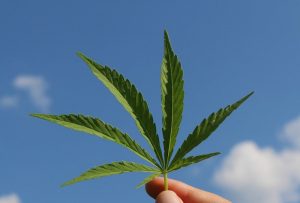 History of the Endocannabinoid System
History of the Endocannabinoid System How CBD Interacts With the Endocannabinoid System
How CBD Interacts With the Endocannabinoid System
